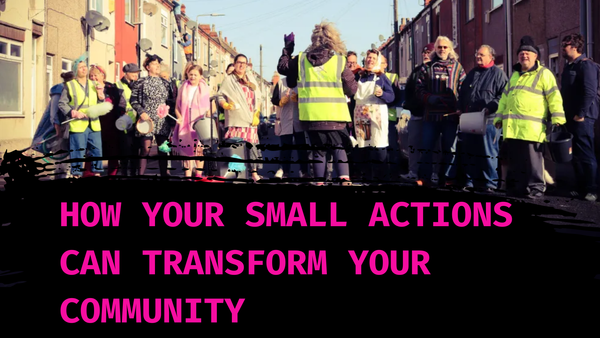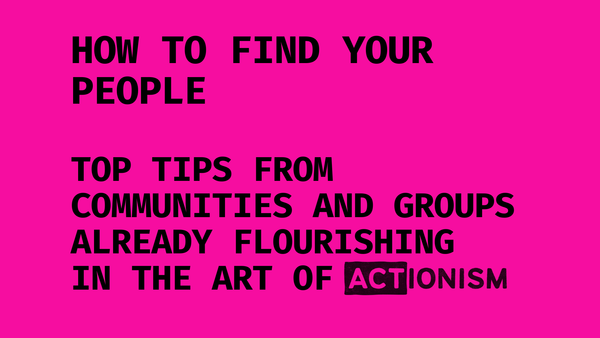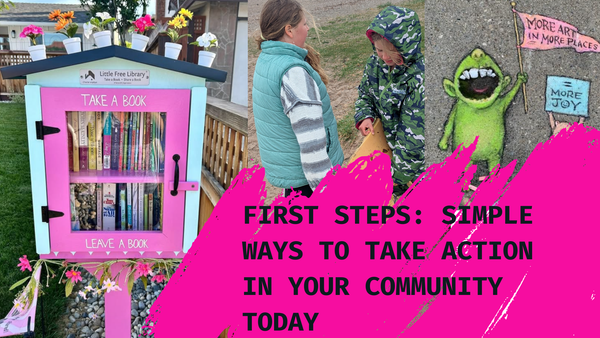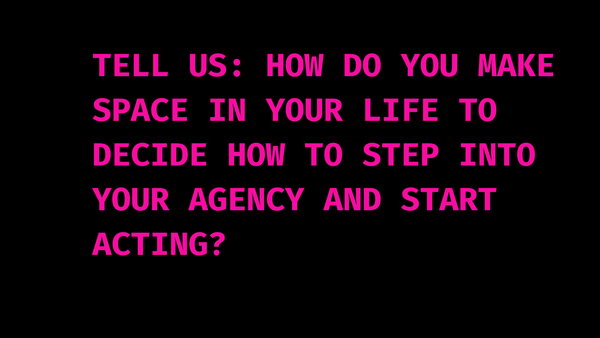COMPARING THREE PATHS TO CITIZEN PARTICIPATION: VOLUNTEERING, ACTIVISM, AND ACTIONISM
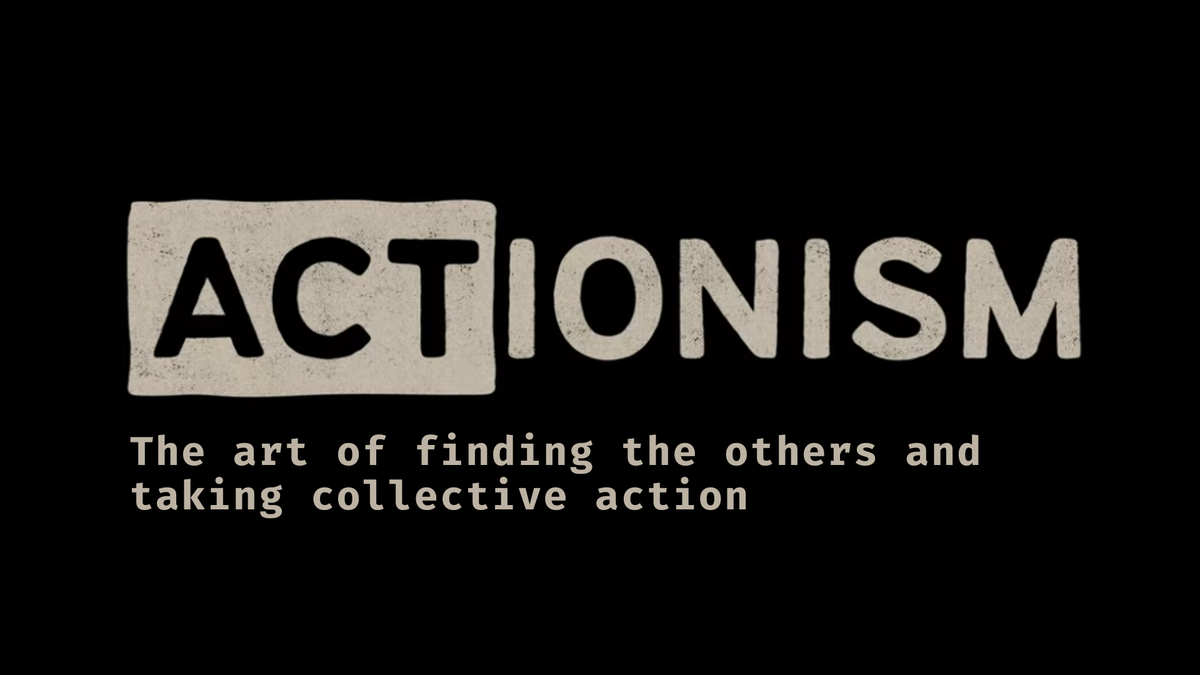
In a world grappling with climate change, inequality, and social injustice, more people than ever are looking for ways to make a difference. At the same time, others are frozen in inaction, fearing that what they have to offer isn’t enough to make meaningful change.
Let’s take the idea of a ‘citizen future’. It comes from Jon Alexander and Ariane Conrad’s book, and says that “all of us are smarter than any of us” and involves tapping into the diverse ideas, energy and resources of everyone.
But how? Getting involved isn’t one-size-fits-all. There are many forms of active citizening, and they vary not only in approach but also in impact. Among them, volunteering, activism, and a lesser-known but increasingly relevant concept – actionism – stand out.
Each approach has its strengths and challenges. Let’s unpack what they are, how they work, and why understanding the differences can help us become more effective changemakers.
VOLUNTEERING: BEING ‘IN SERVICE OF’
Volunteering is perhaps the most familiar form of civic engagement. It’s service-based, usually quite transactional in nature, and designed to help a person, group, or cause. Think soup kitchens, park cleanups, event stewarding, or helping out at your local charity shop or animal shelter.
Volunteering usually fits neatly within existing systems. It’s about giving your time at a designated place, at a specific time, often under the structure of an organisation. It promotes cohesion and community spirit but doesn’t necessarily push for systemic change.
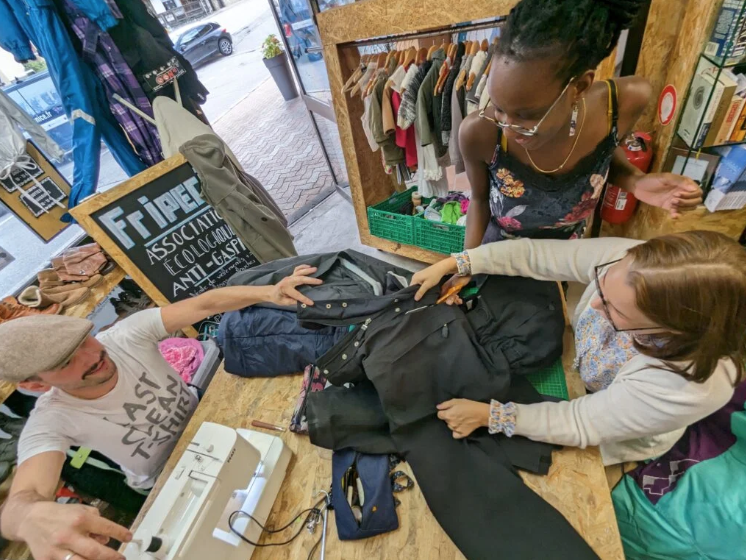
The great thing about volunteering is that it’s convenient and system-fitting, which makes it accessible for many people. However, because it works within the status quo, it rarely questions or transforms the deeper structures that create the need in the first place. Don’t get us wrong though, volunteers are really valuable and many organisations wouldn’t be able to run events or be as impactful as they are without them.
ACTIVISM: CHALLENGING THE SYSTEM
If volunteering is a helping hand, activism is a clenched fist raised in defiance.
Activism is all about railing against injustice. It’s rooted in protest, resistance, and calling out systems of power that harm or exclude. From climate marches to social justice rallies, activism thrives on visibility and tension. It doesn’t ask for permission, it demands change.
But activism can also be polarizing. It often involves high emotional stakes and confrontation, which can be intimidating or inaccessible for some. It’s not always inclusive, as not everybody can afford the time, and / or take the associated financial and legal risks that are part and parcel. Activism disrupts. It forces society to look at what it would rather ignore.

In many cases, activism opens the door for conversation and can lead to change (think Rosebank for example), but, in our view, its effects are often limited due to the fact that it rarely offers a vision for what comes next.
ACTIONISM: CO-CREATING CHANGE
Enter Actionism. This is a newer, less familiar term that arguably fills the space between volunteering and activism. It’s a way of engaging that’s less about helping for or protesting against, and more about building with.
Actionism is co-creative and participatory. It’s about demonstrating possibilities, not criticising the status quo. Think community gardens, pop-up libraries, or local repair cafés, projects that evolve through doing, experimenting, and sometimes failing. And on the subject of failure, that’s ok. In fact, failure is seen as necessary and valuable to the creative journey.
Where volunteering fits within the system and activism challenges it, actionism aims to evolve it. It’s inclusive, letting people participate on their own terms, meaning anyone can get involved, and focuses on building something new rather than serving or fighting what’s already there.
In many ways, Actionism is where imagination meets practice. It’s about prototyping a better future, not just talking about it, but living it and doing it together.

At Re-Action, we are embracing actionism as an apolitical, joyous and fulfilling activity that taps into our creative juices and our human need for community connection. Following Jon Alexander’s advice, we seek to identify the work that needs doing, find the others, and get on with it. Check out the ACTionism film we created that follows 19 year old Ellie, as she sets out on her journey to find the others.
If people are frozen by fear that the problems we face are too huge, actionism can provide a creative outlet for them to find their agency, experiment and connect.
THREE MODES, ONE GOAL: BETTER FUTURES
Volunteering, activism, and actionism each offer unique routes to engagement. Volunteering provides much-needed support and serves communities. Activism shakes the ground, challenges norms, and drives urgent change. Actionism creates space for experimentation and long-term transformation.
One isn’t better than the others, they just serve different purposes. The real power lies in knowing when and how to use each. Sometimes we need the service of volunteering, the urgency of activism, and the creativity of actionism all at once.
In the end, building a citizen future isn’t a fixed pastime, it’s a practice. And whether you’re serving a meal, helping toads cross a road, marching in the streets, or building something new in your neighbourhood, you’re part of the story.
What kind of story do you want to help write?


